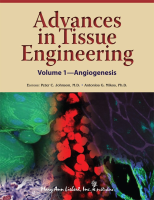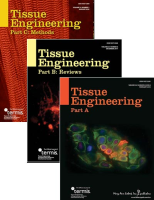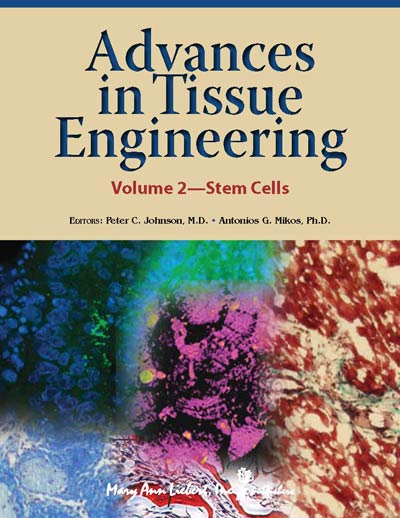About This Book
All of the tissues in our bodies derive from the fusion of genetic material that occurs when a sperm fertilizes an egg. The first several divisions contain the ‘inner cell mass,’ which are harvested to be grown as embryonic stem cells (ESC) in culture. ESC’s have the ability to differentiate into any tissue of their organism of origin. While much remains to be learned about stem cells, development pathways, and control methods, many key foundation steps are now in place. The next phase of stem cell development will likely revolve around an increased understanding of molecular mechanisms underlying differentiation.
Advances in Tissue Engineering, Volume 2: Stem Cells presents the latest findings and research on:
- The interplay of stem cells in developing parenchymal tissues and their vasculature
- Micro environmental influences that affect stem cell development
- Molecular mechanisms underlying stem cell differentiation
- Major influences that are being applied to stem cells to guide their development, including cellular influences, physical factors, and soluble agents
- Target enhancement technologies for optimal localization of mesenchymal stem cells in the body
- Technical issues including cellular characterization and manufacturing scale-up processes



